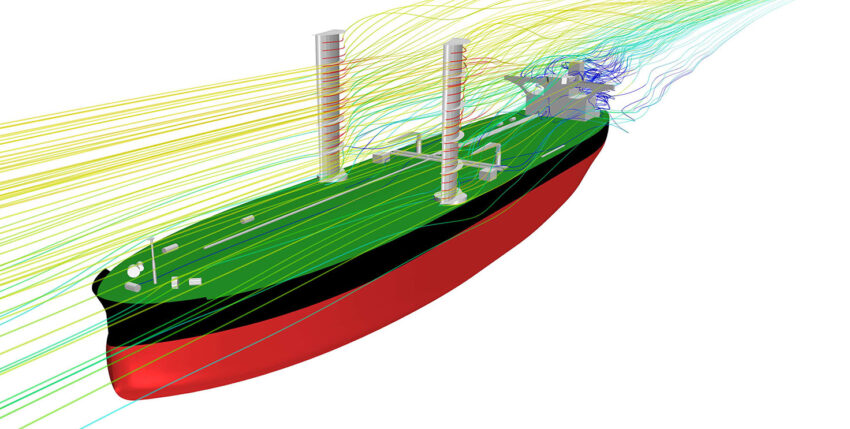The ecological component is becoming increasingly important in merchant shipping. Rising fuel costs, the pricing of carbon dioxide emissions and increasingly restrictive regulations are prompting shipowners and shipbuilders around the world to look for new technologies. In Korea, the classification society DNV GL has now honoured a design from Korea Shipbuilding and Offshore Engineering (KSOE). The presented auxiliary propulsion system, a joint project by KSOE and SK Shipping, consists of two wing-like sails with enormous dimensions. With a width of 20 metres and a height of 50 metres, they are particularly suitable for use on large cargo ships. They are to be installed on both sides of a ship. The blades rotate according to the direction and speed of the wind and can thus reduce the ship's energy consumption by up to six per cent. The sails can be retracted to a height of ten metres for passage under bridges or in stormy weather.
The new system can be installed on many types of ship. DNV GL sees it as a further step towards a new class of future ships, the so-called Wind Assisted Propulsion System (WASP).

Text: mb; Photos: DNV GL










